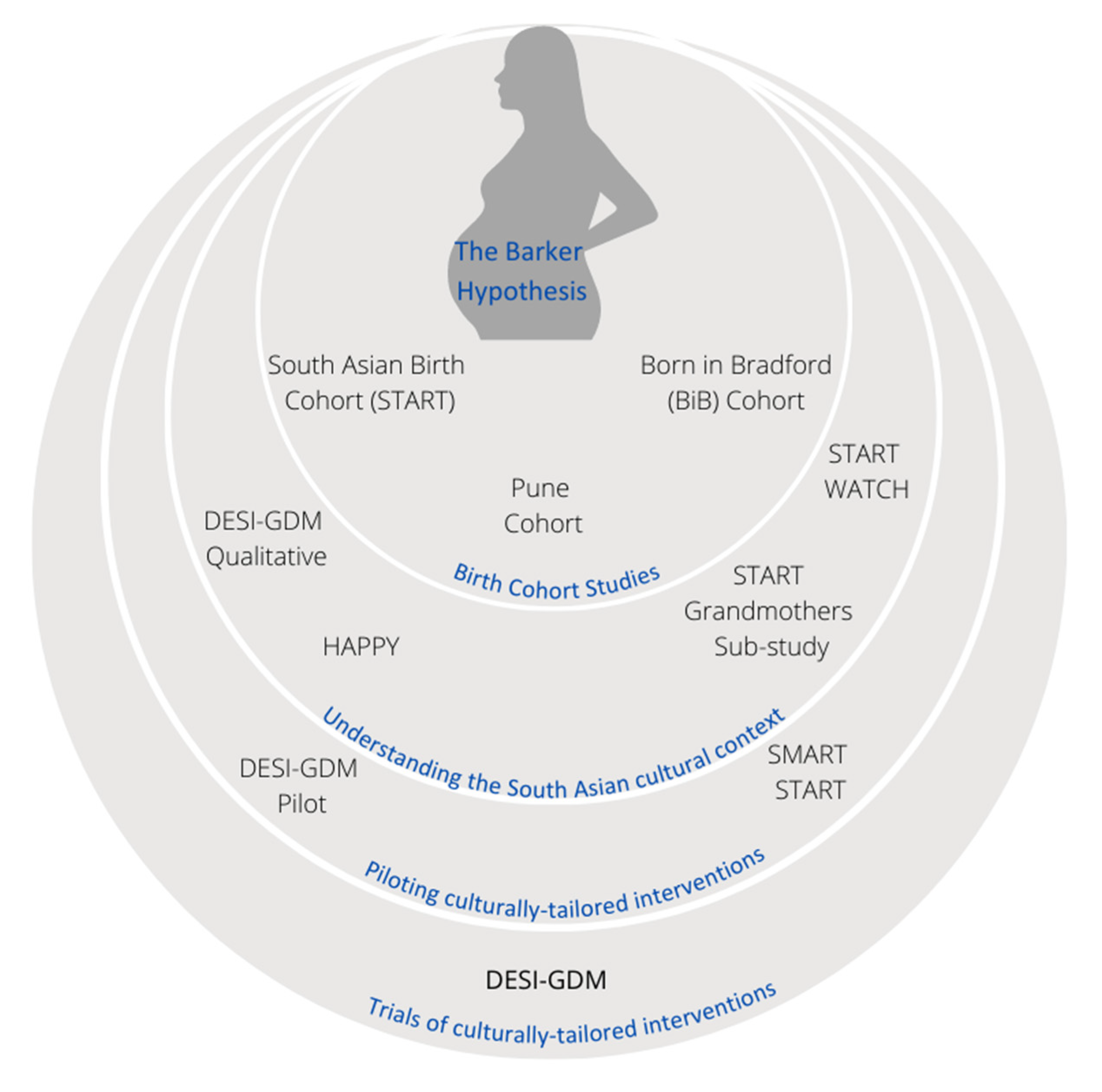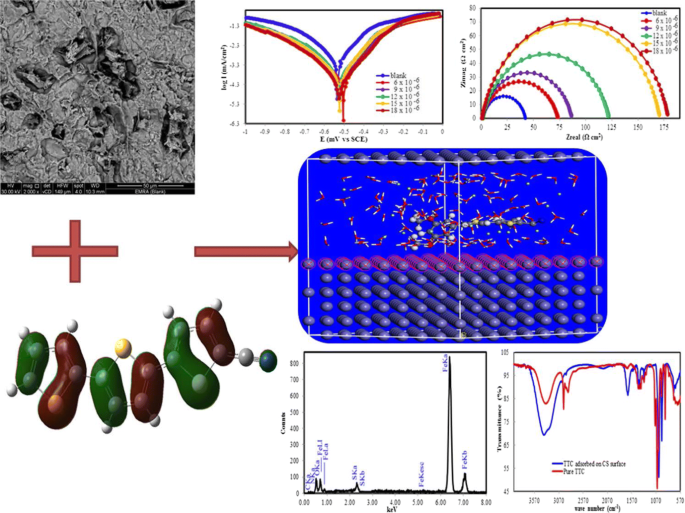

Notably, SGA offspring exposed to metformin in utero have shown signs of ‘catch-up growth’ during childhood. Whilst metformin therapy has been shown to significantly reduce the incidence of LGA, it has been reported that it may decrease birth weight to the extreme as metformin use in pregnancy is associated with an increased rate of small for gestational age (SGA) births that is, those with a birth weight below the 10th percentile or two standard deviations below the mean weight for gestational age. Metformin also heightens insulin release due to enhanced glucagon-like peptide-1 (GLP-1) activity. This mechanism of action leads to improved insulin sensitivity by augmenting insulin receptor tyrosine kinase activity, amplifying glycogenesis and suppressing glycogenolysis, inhibiting lipolysis, enhancing glucose transporter GLUT4 recruitment and activity, and suppressing the activity of hepatic glucose 6 phosphatase. However, activation of AMPK signalling inhibits mammalian target of rapamycin (mTOR) activity, a nutrient sensor which regulates amino acid transport and glucose storage (Figure 1). Metformin-induced suppression of mitochondrial glycerol 3 phosphate dehydrogenase (G3PDH) also augments cytosolic NAD(P)H concentration, leading to reduced pyruvate levels and a suppression of gluconeogenesis. Metformin can also reduce gluconeogenesis by inhibiting AMP deaminase, which further contributes to elevated cellular AMP levels, thus in turn inhibiting adenylate cyclase and cAMP–PKA signalling. This activates AMP-activated protein kinase (AMPK) and leads to inhibition of gluconeogenesis, therefore maintaining glycaemic control. Thus, metformin-induced suppression of complex I increases NADH accumulation and ROS production and reduces ATP synthesis, thereby elevating the AMP:ATP ratio.

Complex I (NADH:ubiquinone oxidoreductase) oxidises NADH synthesised from one carbon metabolism, glycolysis, fatty acid β-oxidation, and the tricarboxylic acid (TCA) cycle for adenosine triphosphate (ATP) production via the electron transport chain. Metformin is a mitochondrial complex I (NADH:ubiquinone oxidoreductase) inhibitor which is transported into the cell to directly influence cellular respiration (Figure 1). Metformin is an oral synthetic guanidine analogue known as a ‘glucophage’ due to its glucose-lowering abilities by reducing gluconeogenesis and insulin resistance. Diabetes currently represents 10% of the National Health Service budget and, with the ever increasing prevalence of diabetic pregnancies, including diabetic risk factors such as the obesity epidemic and advanced maternal age, it is now paramount to refine diagnostic and treatment strategies to improve outcomes for mother and baby.

Although GDM ceases post-parturition, these women are predisposed to an estimated sevenfold increased risk of type 2 diabetes mellitus (T2DM) within 5–10 years post-pregnancy. This may cause birth trauma for mother and baby by increasing the risk of preeclampsia, neonatal hypoglycaemia, shoulder dystocia, late stillbirth, or the need for caesarean section or neonatal intensive care. If maternal hyperglycaemia is poorly controlled, this accelerates intrauterine growth and increases the risk of macrosomia, in which birth weight is > 4 kg, or the fetus being born large for gestational age (LGA), in which birth weight is above the 90th percentile.

#Leed krishnaveni trial
The diagnostic criteria for GDM vary widely in different countries and in turn have led to heterogeneity in screening and trial designs, making it difficult for comparative judgement and unified consensus on its effect on maternal and fetal health. In addition to pre-existing diabetes, gestational diabetes mellitus (GDM), a form of maternal diabetes typically first diagnosed during weeks 24–28 of pregnancy, currently affects around 1 in 6 births worldwide, equating to approximately 16.8 million pregnancies. Globally, around 223 million women currently live with diabetes, 60 million of whom are of reproductive age. Diabetes and its effect on fetal health are significant to the developmental origins of health and disease (DOHaD) hypothesis.


 0 kommentar(er)
0 kommentar(er)
